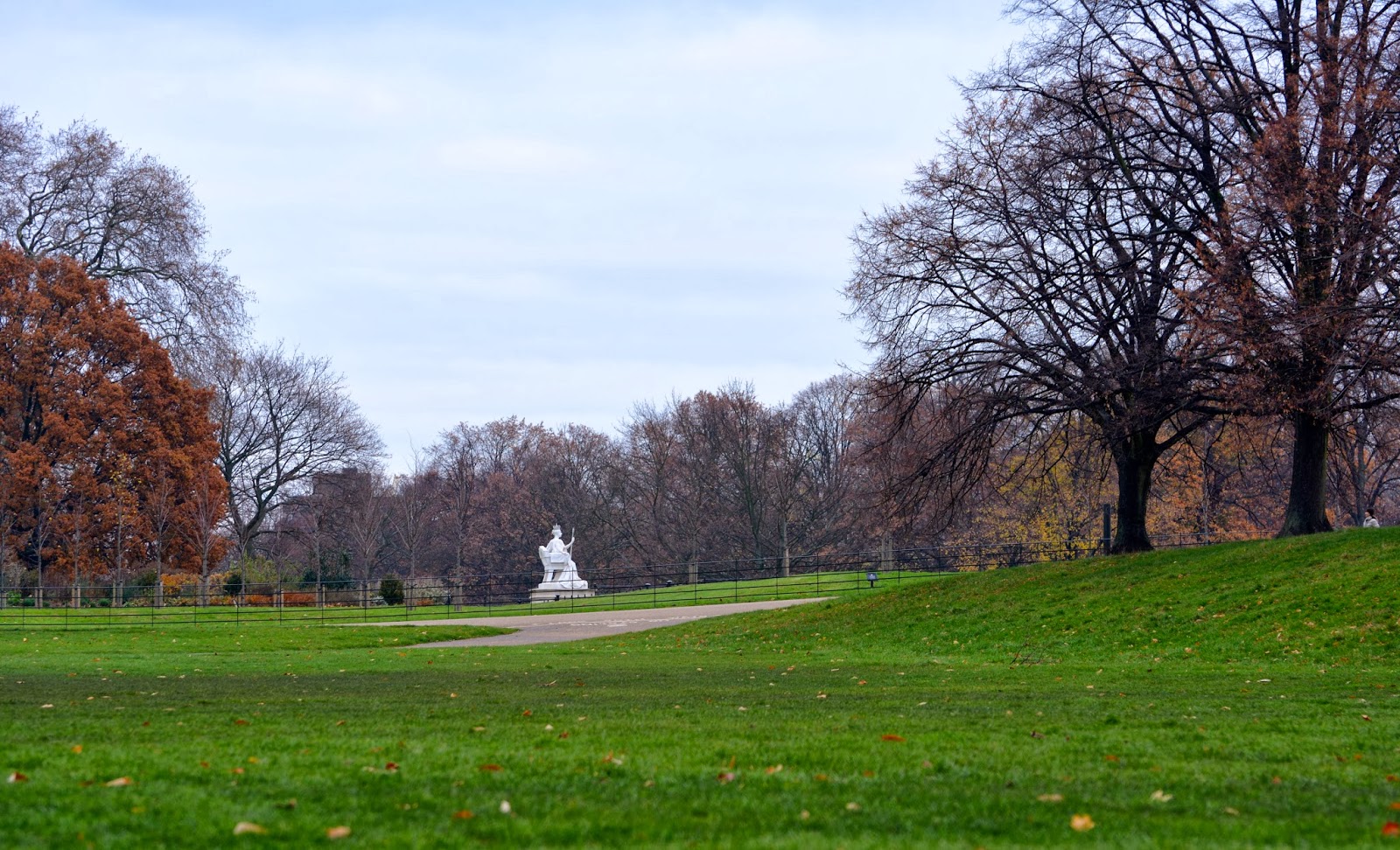IES Vienna's 3 Cities Tour was such a monumental trip for me that I thought I would write a brief epilogue with some more general thoughts and notes. I have to say that it was an exciting yet exhausting trip. The ten days after Intensive German are called the "Post-Intensive Break" - The 3 Cities Tour was the "Intensive Post-Intensive Break." Getting to bed fairly late, getting up fairly early, and walking around for 5-6 hours a day, stopping only for lunch and dinner, was a pretty intense affair, especially moving about from place to place. The bus rides were a bit of a reprieve, but being on a bus for nine hours isn't entirely restful.
Now, I have to put the caveat in that each city is very different and each had beautiful, amazing things to see and experience. They were all places I found very worthwhile to visit and they would all be places I could find more things to explore if I were to return. That said, I will offer the ranking that I most liked Krakow and the things I saw there, followed by Prague, and finally by Budapest. The ranking is completely arbitrary, of course, and based on changeable factors like weather, mood, things I happened to choose to see and those I didn't, the people I met, places I stayed, and so forth. That said, I found Krakow to be the most inviting, accessible, and quaint place. Prague was impressive, historical, and momentous. Budapest was like a tarnished jewel, a place with great treasures waiting beneath the surface. Incidentally, I also had ice cream in all three cities - the ranking there is Krakow, Budapest, Prague. I noted, however, that ice cream doesn't seem to be nearly as common in Budapest as it is in Prague or Krakow; it was very hard to find. Vienna ice cream is up there with Krakow, but I still think Krakow's was better.
As we were leaving Budapest we had the opportunity to stop by a Communist statue garden. After the demise of communism and soviet influence in Hungary, rather than destroying the statues, the city of Budapest moved them to this garden. It is unique in this; though there is a political imperative to efface the monuments of a previous regime and replace them with those of the new regime (even when the new regime is a Republic (thanks, Machiavelli), the people of Budapest recognized there was still historical value in retaining and maintaining the statues. Our guide also noted that it was his opinion many of them were perfectly good pieces of art and simply should have been renamed and left where they were. Here is a gallery of some of them:
 |
| A general view of the statue park |
 |
Not a statue, per se, but a classic Eastern German car made of paper and plastic in the 50s
that was very popular behind the Iron Curtain. |
 |
| Also not a statue, but a billboard in the giftshop - hilarious! |
 |
| The Soviet soldier that used to stand beneath the lady of freedom statue in the Citadel |
 |
A statue for the worker's movement - their hands holding up the world.
This is one the guide thought should have been elft. |
 |
Not part of the statue garden but a water tower in the distance
built in a decidedly Soviet architectural style |
 |
| Probably the most impressive statue in the statue garden |
 |
Only the boots remain of this statue - a symbol that its
Soviet, Russian, communistic inhabitantshave left but their shadow remains
This is actually outside the park - to be seen as you leave. |
It is this last statue that symbolizes so much of what we saw going through the 3 cities of the 3 Cities Tour. For almost a century the region was wrought by turmoil as the old order preceding the 20th Century crumbled, Austro-Hungary dissolved, two world wars, Naziism, the Holocaust, and the long shadow of Communism swept over the region. Finally, since the end of the Communist Era, these countries have developed into their own modern, independent bodies, even as they seek to also reinvest in their heritage. Certainly, some are fairing better than others, but it is a start.










Comments
Post a Comment